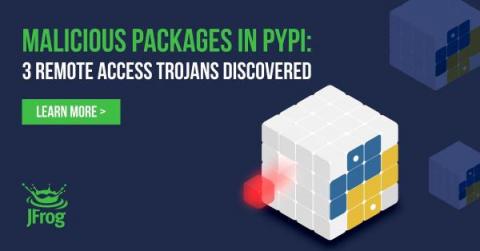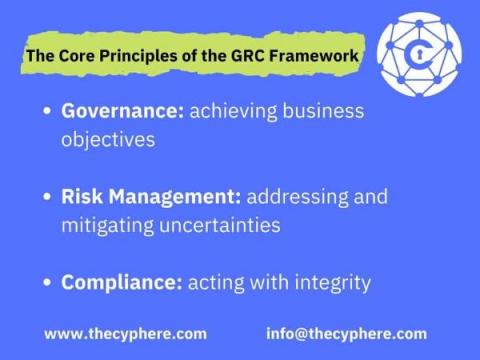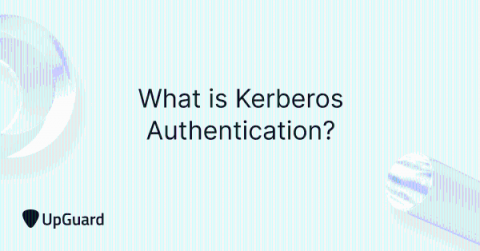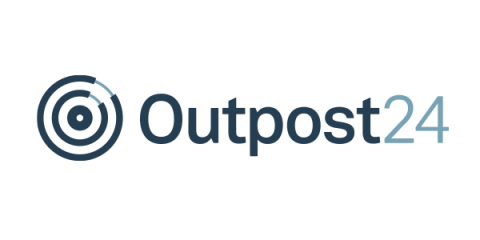Security | Threat Detection | Cyberattacks | DevSecOps | Compliance
Security
JFrog Discloses 3 Remote Access Trojans in PyPI
The JFrog Security research team continuously monitors popular open source software (OSS) repositories with our automated tooling to detect and avert potential software supply chain security threats. After validating the findings, the team reports any security vulnerabilities or malicious packages discovered to repository maintainers and the wider community.
Highlights from the Ultimate Guide to Client-Side Security
In today’s world, businesses, economies, and lives are connected by a complex spider web of code and software applications. This code and these applications drive e-commerce, financial transactions, and data input. They impact our ability to quickly transfer money from one account to another, to fill out an online mortgage application, and to order supplies from a vendor. The code that drives these systems is complicated. If something can go wrong, it will.
Governance, Risk and Compliance: Everything you need to know about GRC
The term Governance, Risk, and Compliance (relatively known as its acronym ‘GRC’) is an integrated strategy for managing an organisation’s overall governance procedures, enterprise risk management, and regulatory compliance.
Zero Trust for State and Local Government
What is Kerberos Authentication? A Complete Overview
Kerberos authentication is a network protocol that secures user access to services/applications by using secret-key cryptography across client-server communications. The Kerberos network authentication protocol helps prevent hackers from intercepting passwords over unsecured networks.
OT Vulnerability Management: A Risk-Based Approach
The number of missing security patches in an OT system is typically very large—measured in the thousands, at least. It would be difficult and expensive for an asset owner to evaluate each missing security patch / cyber asset pair. This may be one reason we see a patch everything approach, but this is also difficult and expensive. In fact, assessments show this is rarely done even where required by policy.
Upgrade From Whitelist Profiler to Tripwire State Analyzer
If you’re a Tripwire® Whitelist Profiler customer, then you know that the software does an excellent job of executing its core functionalities. These include comparing the running state of a machine to the approved and expected configurations in your environment to stay in compliance with audit and internal policies. Although Whitelist Profiler is proficient in this regard, that doesn’t mean it can’t be improved in other capacities such as ease of use.
CISA Shields Up: How to prepare for the Russia-Ukraine cybersecurity hazard
CISA issues ‘Shields Up’ alert to warn US companies about potential Russian hacking attempts to disrupt essential services and critical infrastructure as the Russia-Ukraine crisis escalates. Get ahead of the situation with essential information.
Five worthy reads: Wielding privacy-enhancing technologies for secure data sharing
Five worthy reads is a regular column on five noteworthy items we’ve discovered while researching trending and timeless topics. This week let’s zoom in on Privacy Enhancing Technologies (PETs), which deals with the common, yet pressing concern of data privacy and security. Illustrated by Balaji K R










